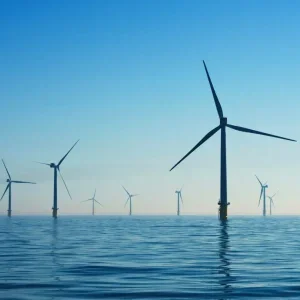Radioactive caesium concentrations in marine products caught offshore in Japan’s Fukushima Prefecture were less than the reference value of 100 becquerel/kg during the fiscal year ending March 2016. It was the first time since the March 2011 Fukushima-Daiichi accident that the reference value was not exceeded in any item, local authorities said. According to the Japan Atomic Industrial Forum (Jaif) the reference value was provisionally set at 500bq/kg for common food items in March 2011 and reduced to the 100bq/kg in April 2012. Radioactive caesium concentrations in all 8,438 products tested were less than this level, Jaif said. The value for common foods issued by the Codex Alimentarius Commission (CAC), a source for international food standards, is 1,000bq/kg. The authorities said caesium levels at Fukushima were below the limit of detection in 7,702 products, accounting for 91.27% of the total. This was the first time more than 90% of the products have been below the detection level. The sea area subject to the prefecture’s examinations is a 20km area from the Fukushima-Daiichi nuclear station. The area inside the port is not included in the examinations. Jaif said that as of 25 July 2016, shipments of 21 kinds of fish are still suspended by the national government.






